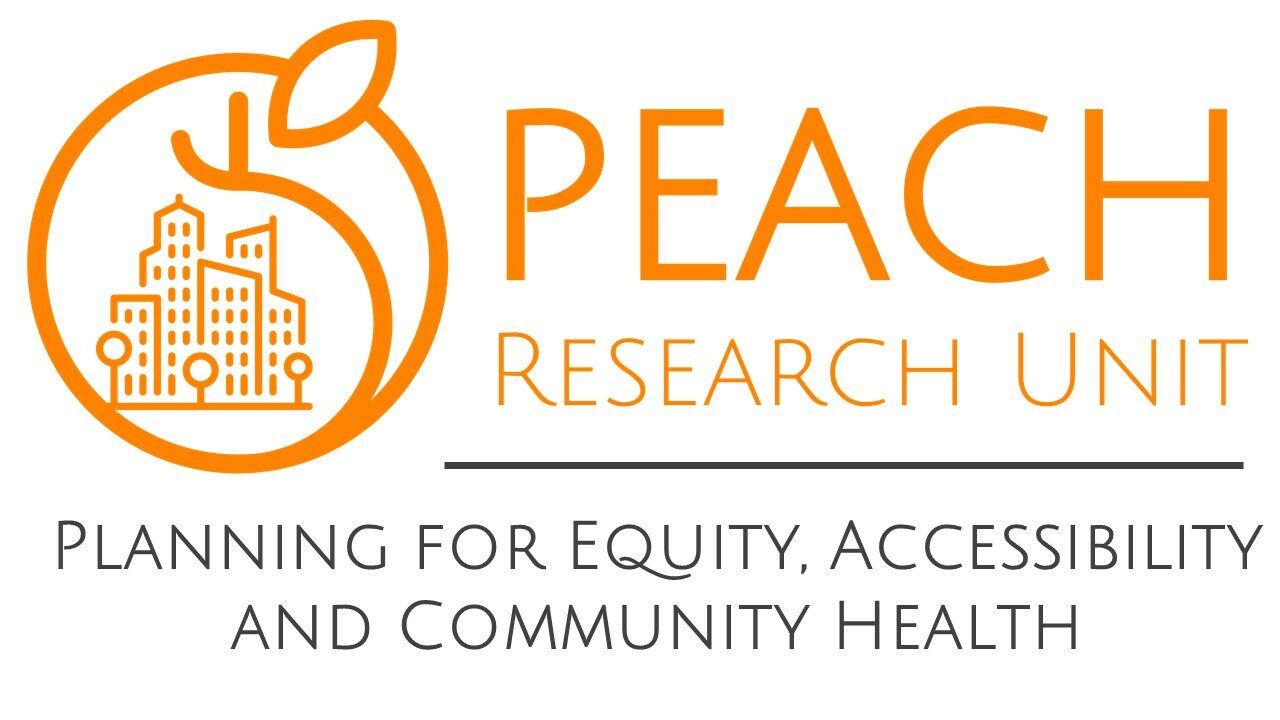Proximity to Recreational Space
Created by Kristen Pitchalof, BCD Honours Student

A substantial body of research suggests that increased access to recreational space has positive effects on physical and mental health and wellbeing. Public parks and recreational centres provide equitable spaces that encourage exercise to a diverse range of ages, abilities and demographics. Access to natural scenery and recreational facilities are associated with higher physical activity levels1. Walking is one of the most common forms of physical activity because it is cheap, convenient, and provides many benefits such as preventing disease, improving fitness levels, and improving cognitive functioning2. Parks can also provide health benefits beyond exercise. Lush vegetation can help to reduce the effects of air pollution, which can exacerbate respiratory conditions. Trees also provide cooling by reducing the heat island effect and by providing shade, reducing the risk of heat-related illnesses such as heatstroke1, 3, 4. As well, people who have access to parks in their neighbourhood show decreased stress levels, increased connection with their community, and fewer feelings of isolation and loneliness5.
Proximity to recreational spaces was measured as the distance (in metres) to the closest recreational space using GIS. Recreational centres and trail access locations were identified using HRM Open Data, ESRI World Imagery, and the Halifax Community Trails Association website and inputted as data points in GIS. Only municipal and institutional facilities (i.e. HRM or university-owned) and named trail systems were included in this study. For each dissemination block (DB) in the area of study, a centroid point was identified based on civic address points. The distance between each of these centroid points and the nearest recreational space was measured using GIS and aggregated for each COMe.
1. Bedimo-Rung, A., Mowen, A., & Cohen, D. (2005). The significance of parks to physical activity and public health—a conceptual model. American Journal of Preventative Medicine, 28(2S2), 159–68.
2. Sugiyama, T., & Ward Thompson, C. (2008). Associations between characteristics of neighbourhood open space and older people’s walking. Urban Forestry and Urban Greening, 7(1), 41–51.
3. Kimpton, A. (2017). A spatial analytic approach for classifying greenspace and comparing greenspace social equity. Applied Geography, 82, 129-142.
4. Dadvand, P., Bartoll, X., Basagaña, X., Dalmau-Bueno, A., Martinez, D., Ambros, A., & … Nieuwenhuijsen, M. J. (2016). “Green spaces and General Health: Roles of mental health status, social support, and physical activity”. Environment International, 91, 161-167.
5. Maas, J., Van Dillen, S. M., Verheij, R. A., & Groenewegen, P. P. (2009). Social contacts as a possible mechanism behind the relation between green space and health. Health & place, 15(2), 586-595.
